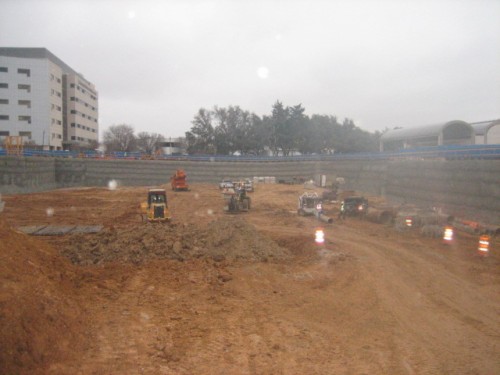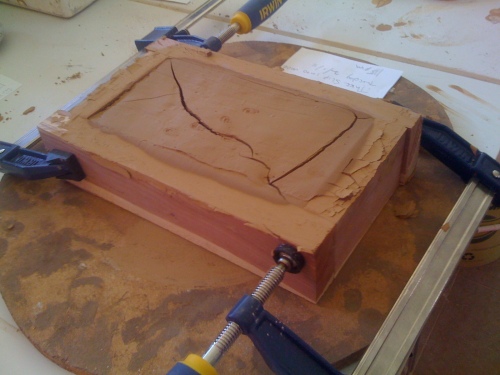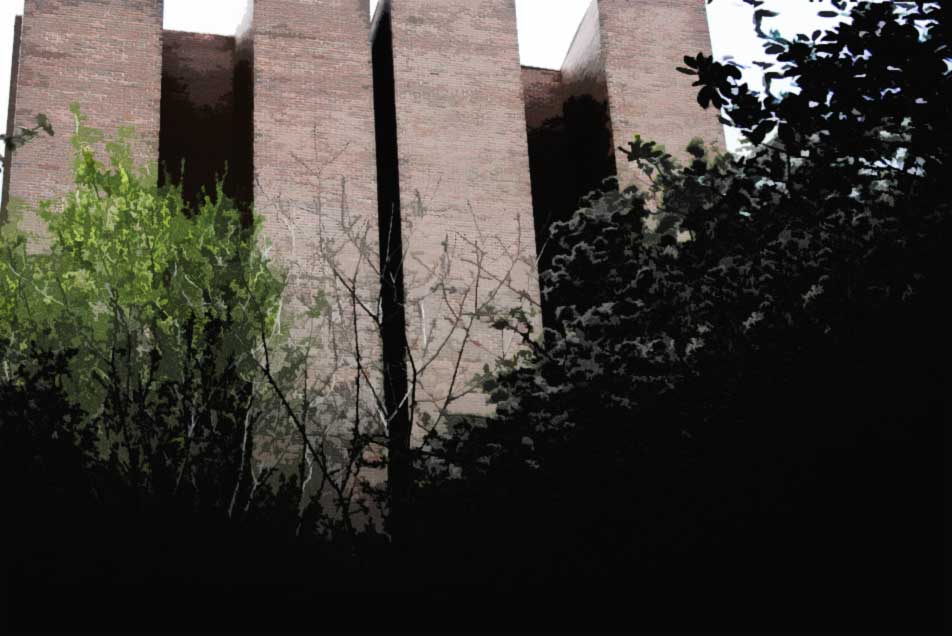What Excavation Dirt Wants To Be

At the intersection of classic architecture and unusual artistic experiments, the artist/potter Adam Silverman is currently in the process of developing a project analyzing the clay found around the Kimbell Art Museum in the context of its new Renzo Piano-designed expansion (previously reviewed here). Silverman hopes to generate an artistic dialog between Piano, Kahn, and the “concerned observer” found in Tadao Ando’s nearby Modern Art Museum, by collecting samples of clay and other raw materials found at the sites of each building. He has so far excavated tons of earth from the construction site, carried trees home in his rental car trunk, and even filled buckets of water from the Kimbell’s fountains.

The artist describes his project as a continuation of pottery’s historical traditions. Ancient works were informed by the particulars of the clay available at their site, connecting the art to its particular geography and climate in a distinctly architectural way.
To quote the statement:
The traditional country potter works by setting up his or her studio near a clay deposit and making pots from that clay. As you might imagine, different areas offer up different clay, and these differences cannot help but inform the end result, the finished pots.
Archaeology is the study of cultures through the analysis of their artifacts, usually artifacts that have been excavated.
How I’m thinking of this project is a combination of the country potter’s practice with a reversed archaeological practice. Or “Reverse Archaeology”.
Reverse Archaeology proposes a cultural version of the country potter’s practice—to harvest materials from a culturally significant site and imbue the work with that significance. For me, it is hard to imagine a more culturally (architecturally speaking) significant and complicated place to try this idea out.
The artist is currently studying the specific properties of the clay found at the site in a manner which seems true to Kahn’s own previous tectonic inquiries into what a brick “wants to be”:

After seeing s0me examples of the artist’s previous work, such as his Boolean Valley (with Nader Tehrani) at the nearby Nasher Sculpture Center in Dallas, I can’t wait to see how he will represent his discoveries.




